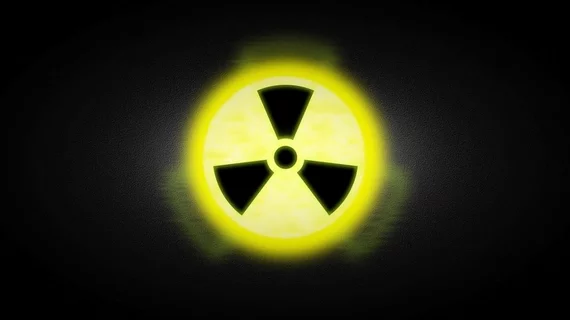Stereotactic radiation may extend long-term survival for patients with stage IV cancers without inhibiting their quality of life, according to research published online in the January issue of the International Journal of Radiation Oncology • Biology • Physics.
The researchers, led by Dwight E. Heron, MD, MBA, director of radiation services at UPMC Hillman Cancer Center in Pittsburgh, wanted to know if they could use the highly focused radiation to destroy metastases in stage IV cancer patients and still have the same effect as surgery.
“With stereotactic radiation, we use a different type of highly precise local therapy to target tumors in the lungs, liver, bones or kidneys with precision that is analogous to surgery, and with very few side effects or harm to the patient's quality of life,” Heron said in a prepared statement.
For their trial, a total of 147 patients with oligometastatic cancers—cancers that had been previously treated but then returned in a limited number to other parts of the body—were recruited between 2011 and 2017. Before treatment, all patients had a life expectancy of more than six months.
Each patient had up to five metastases in one to three new sites. Most metastases were in the lungs (52 percent), lymph nodes (16.5 percent), bones (15 percent) or liver (seven percent). All patients’ metastases were then treated with appropriate amounts of stereotactic radiation, which delivers higher doses of radiation to the tumor site in one to five treatment sessions. Average follow-up time after therapy was 41 months.
Following treatment, 84 percent of patients survived at least one year, and 43 percent survived five years or longer. The average overall survival time was 42.3 months, according to the researchers.
In terms of local recurrence, only 26 percent of patients experienced complete remission following treatment and 26 percent experienced partial remission. An additional 32 percent of patient's cancers did not progress or recede, and the remaining patients had either local progression following treatment (14 percent) or their response could not be determined (12 percent).
There was an average time of 8.7 months until distant progression and one-year and five-year rates of distant progression-free survival were 44 percent and 17 percent, according to the researchers.
Patients with breast, prostate and colorectal tumors had the longest survival time. Overall, the researchers found severe side effects to be limited and the patients reported no change in their quality of life immediately after treatment as well as at six months and a year after treatment.
“Many of the cancer treatments we deliver, even though they have a therapeutic benefit, also are associated with some toxicity, and that may impact patients’ quality of life,” Heron said. “In this study, for patients with stage-IV disease, we have a treatment paradigm that can result in long-term survival while maintaining overall quality of life. We had a sense this was the case from retrospective data, but the addition of prospective data is very convincing.”

